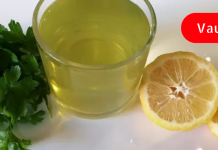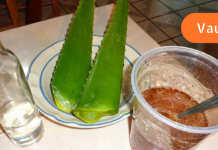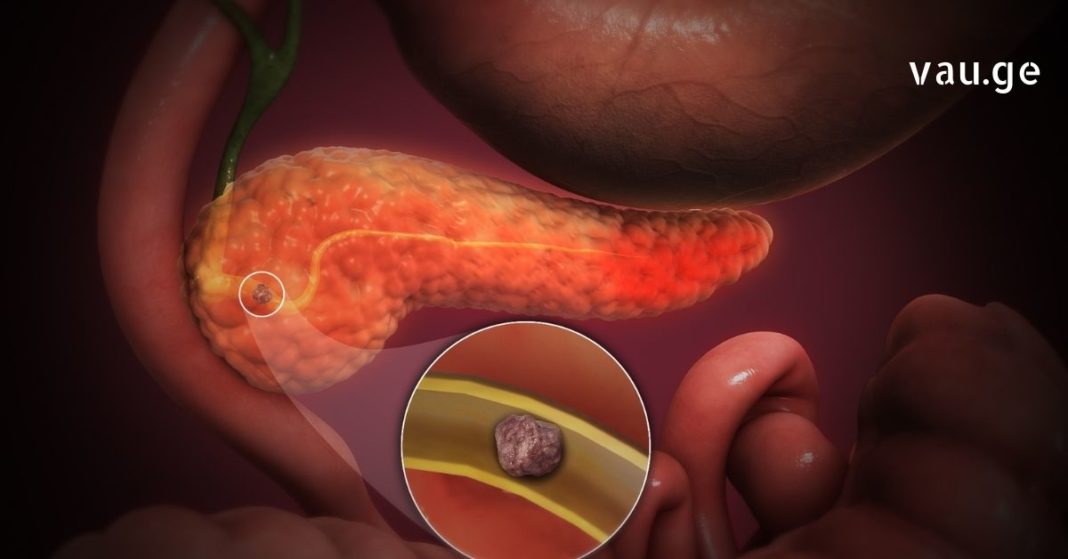Where is the Pancreas Located?
The pancreas is a vital organ situated deep within the abdominal cavity, positioned just behind the stomach and slightly below it. Though small and tucked away, it plays a crucial dual role in both the digestive and endocrine systems. One of its primary functions is to produce digestive enzymes—also known as pancreatic juices—that travel through the pancreatic duct into the small intestine, specifically the duodenum. These enzymes help to break down the food that comes from the stomach into simpler, absorbable components.
In addition to its digestive role, the pancreas has an important endocrine function. It produces insulin and other hormones directly into the bloodstream. Insulin, in particular, is essential for regulating blood sugar levels. Any dysfunction in this hormone production can lead to serious conditions such as diabetes.
Understanding Pancreatitis
Pancreatitis is a condition characterized by inflammation of the pancreas. It can occur when there is an obstruction in the flow of pancreatic juices. This blockage can be caused by various factors, including diseases and abnormalities either within or around the pancreas. Such obstructions prevent enzymes from reaching the small intestine, causing them to activate within the pancreas itself and begin “digesting” the organ from the inside. This leads to inflammation, pain, and in severe cases, damage to the pancreatic tissue.
Common causes of such blockages include both benign and malignant conditions. One of the most frequent benign causes is gallstones—small, hard deposits that can form in the bile ducts or the pancreatic duct, blocking the flow of pancreatic secretions and leading to acute pain and inflammation.
Home Remedies for Supporting the Pancreas
While it’s important to consult a healthcare professional for any serious or ongoing symptoms, certain herbal remedies and natural treatments can be used at home to support pancreatic function and alleviate some of the discomfort. Below are several time-tested natural remedies that may help.
1. Dill (Fennel) Infusion
Dill is a gentle herb known for its soothing effect on the digestive system. To prepare a dill infusion:
- Take one teaspoon of fresh chopped dill or fennel seeds.
- Pour one cup of boiling water over the herbs.
- Let it steep for about one hour.
- Strain the mixture and divide it into four portions.
- Drink throughout the day.
This infusion may help reduce bloating, support digestion, and ease discomfort caused by pancreatic inflammation.
2. Wormwood (Artemisia) Infusion or Tincture
Wormwood is a bitter herb with strong medicinal properties. It is used traditionally to stimulate bile production and improve digestion. Here’s how to prepare it:
- Add 1 tablespoon of dried wormwood to one cup of hot water.
- Bring it to a gentle boil and let it simmer for 3–4 minutes.
- Remove from heat and steep for 45 minutes.
- Strain the liquid and drink 1 to 3 tablespoons 15 minutes before meals.
- You can also prepare an alcohol-based tincture, but infusions are gentler on the system.
Wormwood is particularly helpful in chronic pancreatic and biliary tract conditions. It may reduce pain, improve appetite, and normalize bowel movements when used consistently.
3. Oats (Oat Jelly)
Oats have long been recognized for their healing and soothing properties. To make oat jelly:
- Soak whole oat grains in water and leave them in a warm place overnight.
- The next day, when the grains begin to sprout, strain them.
- Dry the grains and grind them into fine flour using a coffee grinder.
- Mix a tablespoon of this flour with cold water and bring it to a boil.
- Simmer for 1–2 minutes, remove from heat, and let it sit for 20 minutes.
- Strain and drink the jelly while it’s fresh—prepare a new batch each time.
Oat jelly helps to soothe the digestive tract and reduce inflammation in the pancreas.
4. Potato and Carrot Juice
This simple yet powerful combination is rich in enzymes and nutrients that support pancreatic health:
- Take 2–3 medium potatoes and 1–2 carrots.
- Wash and peel them thoroughly.
- Use a juicer to extract the juice—you should get about 200 ml.
- Drink the juice 30 minutes before a meal.
- Follow this treatment for 7 days, then take a one-week break.
- Repeat the cycle three times for optimal results.
This juice is known for its anti-inflammatory properties and can be a gentle detoxifier for the pancreas.
Conclusion
While home remedies can provide relief and support healing, they are not a substitute for medical advice or treatment. If symptoms persist or worsen, it’s essential to consult a healthcare professional. However, these natural treatments—like dill tea, wormwood infusion, oat jelly, and fresh vegetable juices—can be helpful in reducing symptoms and supporting the pancreas in times of distress. Always use such remedies responsibly and with awareness of your individual health needs.


















